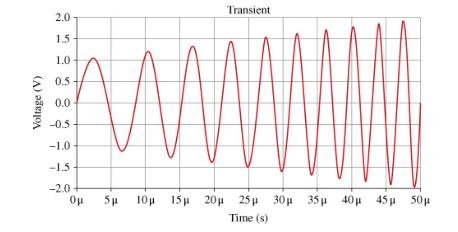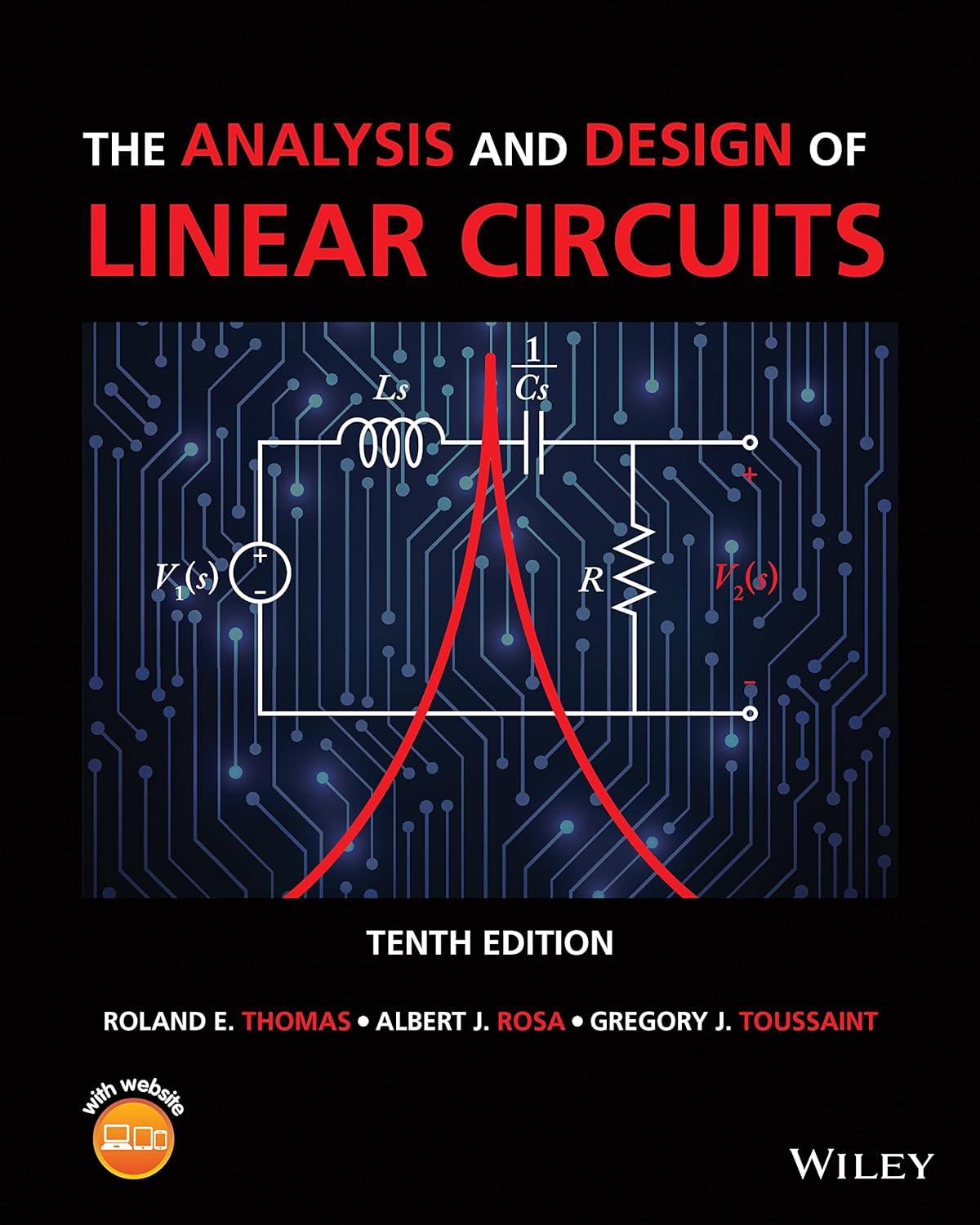Compressed High-Intensity Radiated Pulse (CHIRP) are signals that change frequency and possibly also amplitude. They have uses
Question:
Compressed High-Intensity Radiated Pulse (CHIRP) are signals that change frequency and possibly also amplitude. They have uses in radar detection when applied at GHz frequencies. Another common application is with sonar. The navy uses it to detect objects including mines, seabed, outcroppings, and submarines. Sports fishermen use it to detect fish. The CHIRP signal shown in Figure P \(5=4 \underline{2}\) is typical of a sonar used for the latter purpose. Low frequencies can penetrate deeper into the water but provide less detail, while higher frequencies provide more detail but do not penetrate as far as its energy is absorbed easier. Hence, CHIRP sonar gives the advantage of both.
(a) For the one pulse shown in Figure P \(5=42\), estimate the start and stop frequencies and their respective amplitudes. Why do you think the amplitude is increased?
(b) Using Multisim's CHIRP source recreate your answer to see if it matches.

Step by Step Answer:

The Analysis And Design Of Linear Circuits
ISBN: 9781119913023
10th Edition
Authors: Roland E. Thomas, Albert J. Rosa, Gregory J. Toussaint





